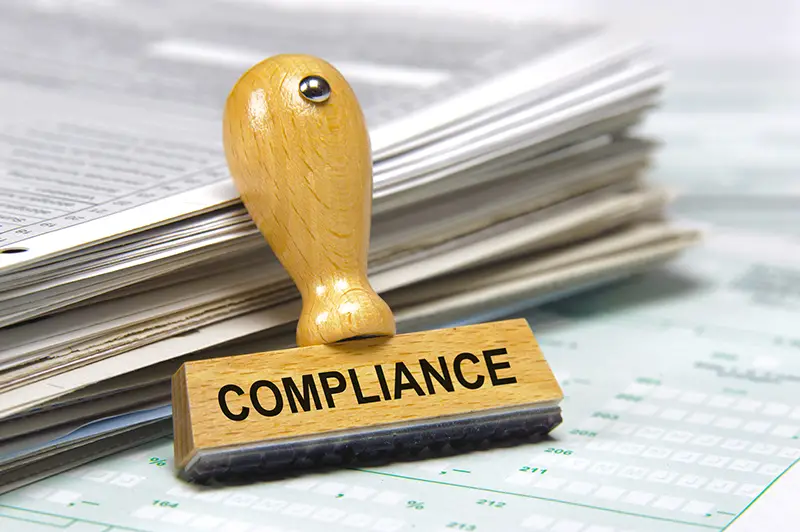Click here to get this post in PDF
FATF and e-KYC verification
The Financial Action Task Force (FATF) is an intergovernmental organization established in 1989 to combat money laundering and terrorist financing. It sets global standards and guidelines for anti-money laundering (AML) and counter-terrorist financing (CTF) measures. The FATF has recently released its new guidance on Know Your Customer (KYC) and AML guidelines for banks. This guidance aims to provide a comprehensive set of guidelines to ensure banks have effective and efficient AML and CTF systems.
Importance of Robust digital KYC verification in AML and CTF Frameworks
The new FATF guide emphasizes the importance of implementing robust KYC procedures as part of a bank’s AML and CTF framework. In addition, the guide provides detailed guidelines on how banks should conduct customer due diligence (CDD) and risk assessments, as well as how to verify customer identity.
Risk-Based Approach to KYC AML
One of the key features of the FATF guide is that it emphasizes the need for a risk-based approach to KYC aml compliance. This means that banks must assess the risks associated with their customers, products, and services and tailor their KYC and AML procedures accordingly. For instance, a bank would need to carry out more stringent KYC and AML checks for high-risk customers, such as politically exposed persons (PEPs) and those located in high-risk countries.
Ongoing Monitoring of Customer Accounts and Transactions
Another important aspect of the FATF guide is that it highlights the importance of ongoing monitoring of customer accounts and transactions. Banks should have systems in place to detect and report suspicious activity, including unusual transactions that do not fit the customer’s profile. This is crucial to identifying and preventing money laundering and terrorist financing.
Cooperation and Information-Sharing Between Banks and Law Enforcement Agencies
The FATF guide also emphasizes the importance of cooperation and information-sharing between banks and law enforcement agencies. Banks are encouraged to establish strong relationships with law enforcement agencies and promptly report suspicious activity. This will help to strengthen the fight against money laundering and terrorist financing.
Enhanced Due Diligence (EDD) for High-Risk Customers and Business Relationships
Enhanced Due Diligence (EDD) is a type of customer due diligence that goes beyond standard KYC (Know Your Customer) procedures. It is used to assess high-risk customers or business relationships that require greater scrutiny due to their potential involvement in money laundering, terrorist financing, or other financial crimes. EDD compliance involves gathering additional information and performing more extensive checks on the customer or business to mitigate the risks associated with such relationships.
Regulators and financial institutions often require EDD for high-risk customers or business relationships, such as politically exposed persons (PEPs), high-net-worth individuals, or customers from high-risk countries. EDD is also used when there are unusual or suspicious transactions and when customers engage in complex or high-value transactions.
The purpose of EDD is to provide a deeper understanding of the customer’s profile and their business relationships, including their sources of wealth and funds, the nature of their transactions, and their business activities. This information allows financial institutions to assess better the risk of money laundering, terrorist financing, and other financial crimes and take appropriate measures to mitigate those risks.
EDD involves several steps, including:
- Conducting a thorough risk assessment of the customer or business relationship
- Gathering additional information about the customer or business, including their beneficial ownership, background, and sources of funds
- Verifying the accuracy and completeness of the information provided by the customer or business
- Analyzing the information to identify any red flags or suspicious activity
Tools and Techniques for Performing EDD
Implementing appropriate risk-based controls and monitoring to mitigate any identified risks
Financial institutions can use various tools and techniques to perform EDD, including public and private databases, media sources, and third-party screening services. EDD compliance can also involve site visits, interviews, and enhanced transaction monitoring to understand the customer’s activities better.
In summary, the FATF guide on KYC and AML guidelines for banks provides comprehensive guidance on how banks can comply with AML and CTF regulations. It emphasizes the importance of a risk-based approach to KYC and ongoing monitoring of customer accounts and transactions. Banks must ensure that they have robust systems to detect and report suspicious activity and cooperate with law enforcement agencies to prevent and combat money laundering and terrorist financing. By implementing the guidelines outlined in the FATF guide, banks can protect themselves and their customers from financial crime while also maintaining the integrity of the global financial system.
You may also like: Video Identification – Benefits in the Financial Sector
Image source: Depositphotos.com

